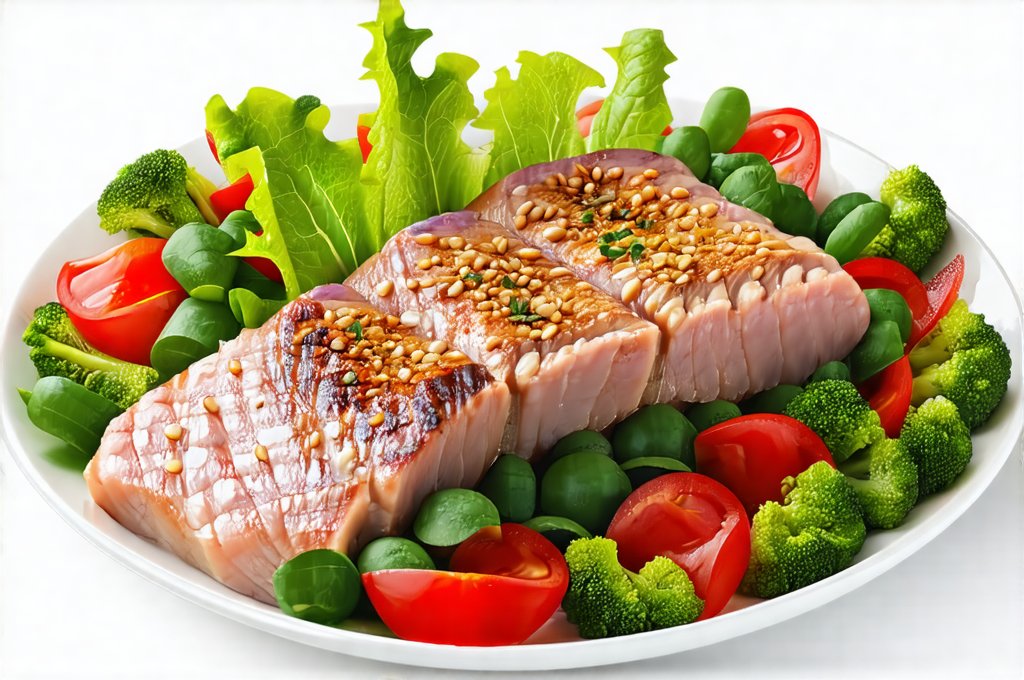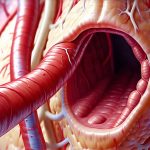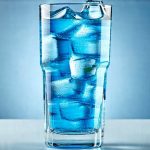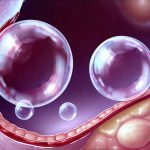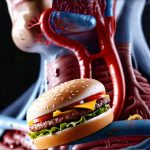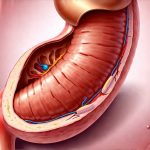Gastroesophageal reflux disease (GERD) affects millions worldwide, often manifesting as persistent heartburn, regurgitation, and discomfort after eating. While medication plays a crucial role in managing symptoms, dietary adjustments are equally impactful. Many individuals with GERD find that certain foods exacerbate their condition, leading to increased acid production or weakening of the lower esophageal sphincter – the muscle responsible for preventing stomach acid from flowing back up into the esophagus. Understanding which foods contribute to these issues and adopting a low-fat diet focused on minimizing acid production can significantly improve quality of life for those living with GERD. This isn’t about strict restriction, but rather informed choices that support digestive health.
The core principle behind dietary management of GERD revolves around reducing stomach acidity and preventing reflux episodes. High-fat foods are prime culprits because they delay gastric emptying – meaning food stays in the stomach longer, increasing the risk of acid production and pressure on the lower esophageal sphincter. Furthermore, fats stimulate the release of hormones that relax this sphincter, making it easier for acid to creep upwards. By embracing low-fat cooking methods and prioritizing lean protein sources, individuals can proactively minimize these triggers and alleviate GERD symptoms. This approach is about finding a sustainable balance between enjoying food and managing your health. Considering how you preparing and seasoning meals can also impact these processes is vital.
Low-Fat Foundations: Building Blocks of a GERD-Friendly Diet
A cornerstone of GERD management through diet is the adoption of low-fat cooking techniques and mindful ingredient selection. Replacing fried foods with baked, grilled, steamed, or poached alternatives drastically reduces fat intake. Similarly, choosing lean protein sources like skinless poultry, fish, beans, and lentils over fatty cuts of meat minimizes digestive stress. When using oils, opt for healthier options such as olive oil in moderation, rather than butter or heavy creams. Paying attention to portion sizes is also vital; even healthy fats should be consumed in reasonable amounts.
Beyond protein, prioritizing complex carbohydrates like whole grains, vegetables, and fruits provides essential nutrients without contributing to excessive acid production. These foods are generally well-tolerated by individuals with GERD and offer a sustained release of energy. Conversely, refined carbohydrates (white bread, pastries) can sometimes worsen symptoms due to rapid digestion and potential spikes in blood sugar which may impact gastric motility. Hydration is also paramount; water helps neutralize stomach acid and aids in the digestive process.
Finally, it’s important to understand that individual triggers vary widely. Keeping a food diary can be incredibly helpful in identifying specific foods that exacerbate your GERD symptoms. This personalized approach allows you to tailor your diet effectively and focus on what works best for your body. Don’t fall into the trap of generalized dietary rules; listen to your own digestive cues. Understanding diagnostics that explore acid balance can also help you refine this process.
Minimizing Acid Production Through Food Choices
Certain foods are known to directly stimulate acid production in the stomach, while others have a buffering effect or help neutralize acidity. Citrus fruits and juices (orange, grapefruit, lemon), tomatoes and tomato-based products (sauce, ketchup, salsa), coffee, chocolate, carbonated beverages, and spicy foods are common triggers for many GERD sufferers because they increase stomach acid levels. While complete avoidance isn’t always necessary, limiting these items can significantly reduce symptom frequency and severity.
Conversely, incorporating alkaline or buffering foods into your diet can help counterbalance acidity. Bananas, melons (watermelon, cantaloupe), oatmeal, ginger, and leafy green vegetables are excellent choices that promote digestive health and may alleviate GERD symptoms. Additionally, some individuals find relief by including small amounts of yogurt with live cultures, which can aid in digestion. Remember to monitor your own tolerance levels; what works for one person might not work for another. You might even consider creating gentle smoothies as a way to incorporate these beneficial foods.
The Role of Fiber in Digestive Health
Fiber plays a crucial role in managing GERD symptoms through several mechanisms. – Firstly, it adds bulk to stool, promoting regular bowel movements and preventing constipation, which can exacerbate reflux by increasing abdominal pressure. – Secondly, soluble fiber (found in oats, apples, beans) absorbs water in the digestive tract, slowing down digestion and reducing the likelihood of rapid stomach emptying. – Thirdly, a diet rich in fiber promotes a healthy gut microbiome, which contributes to overall digestive well-being.
It’s important to introduce fiber gradually into your diet to avoid bloating or gas. Combining increased fiber intake with adequate hydration is also essential for optimal results. Excellent sources of fiber include whole grains (brown rice, quinoa), fruits and vegetables (berries, broccoli, spinach), legumes (lentils, chickpeas), and seeds (chia, flax).
Avoiding Common GERD Triggers: A Practical Guide
Many seemingly innocuous foods can trigger GERD symptoms in susceptible individuals. – Fatty Foods: Fried foods, full-fat dairy products, fatty cuts of meat should be limited significantly. – Spicy Foods: Chili peppers, hot sauces, and heavily spiced dishes can irritate the esophagus. – Acidic Foods: Citrus fruits, tomatoes, vinegar, and pickles can increase stomach acidity. – Caffeinated Beverages: Coffee, tea, and energy drinks may relax the lower esophageal sphincter. – Carbonated Drinks: Soda, sparkling water, and other fizzy beverages can introduce gas into the digestive system, increasing pressure on the LES.
Instead of eliminating these foods entirely, consider portion control and frequency. For example, you might enjoy a small serving of tomato sauce occasionally, but avoid it during periods of heightened symptoms. Experimenting with different levels of tolerance is key to finding what works best for you. Looking at steady-energy meals can also help you plan around these triggers.
Meal Timing and Portion Control Strategies
How you eat is just as important as what you eat when managing GERD. – Smaller, More Frequent Meals: Instead of three large meals, opt for five or six smaller meals throughout the day. This reduces the amount of food in your stomach at any given time, minimizing pressure on the LES. – Avoid Eating Before Bed: Allow at least 2-3 hours between your last meal and bedtime to give your body time to digest food before lying down. – Eat Slowly & Chew Thoroughly: Proper chewing breaks down food more effectively, reducing digestive workload and promoting better absorption. – Stay Upright After Eating: Avoid lying down or bending over immediately after eating; gravity helps keep stomach acid where it belongs.
These simple adjustments can have a profound impact on your GERD symptoms, making them easier to manage and improving your overall comfort. Consistency is key; adopting these habits as part of your daily routine will yield the best results. It’s also helpful to consider daily routines that reduce fermentation for improved gut health. And remember, planning balanced meals is a great starting point. Finally, explore comforting grain based meals for easily digestible options.

